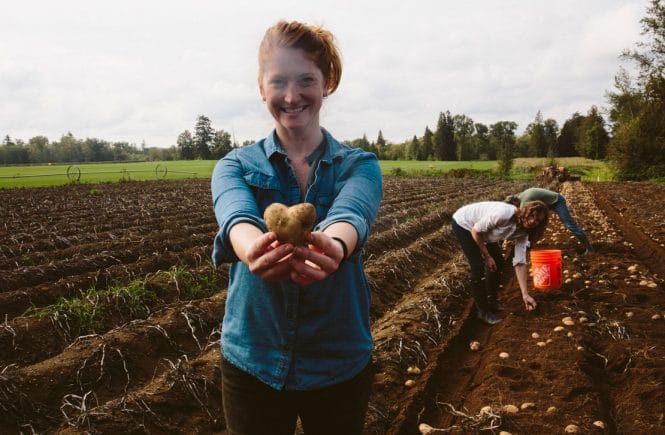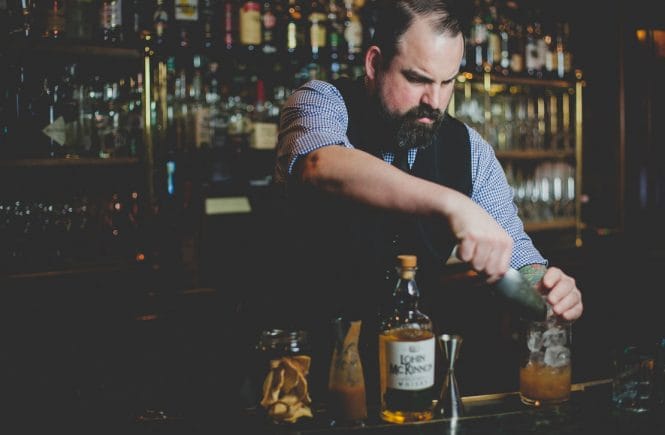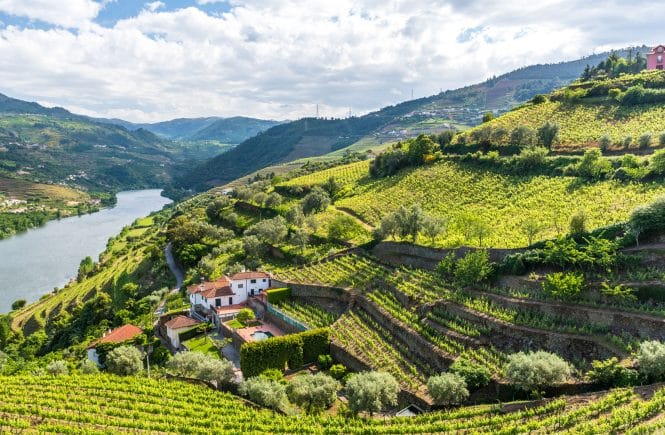Bartenders are embracing how the unique properties of cold brew works in cocktails
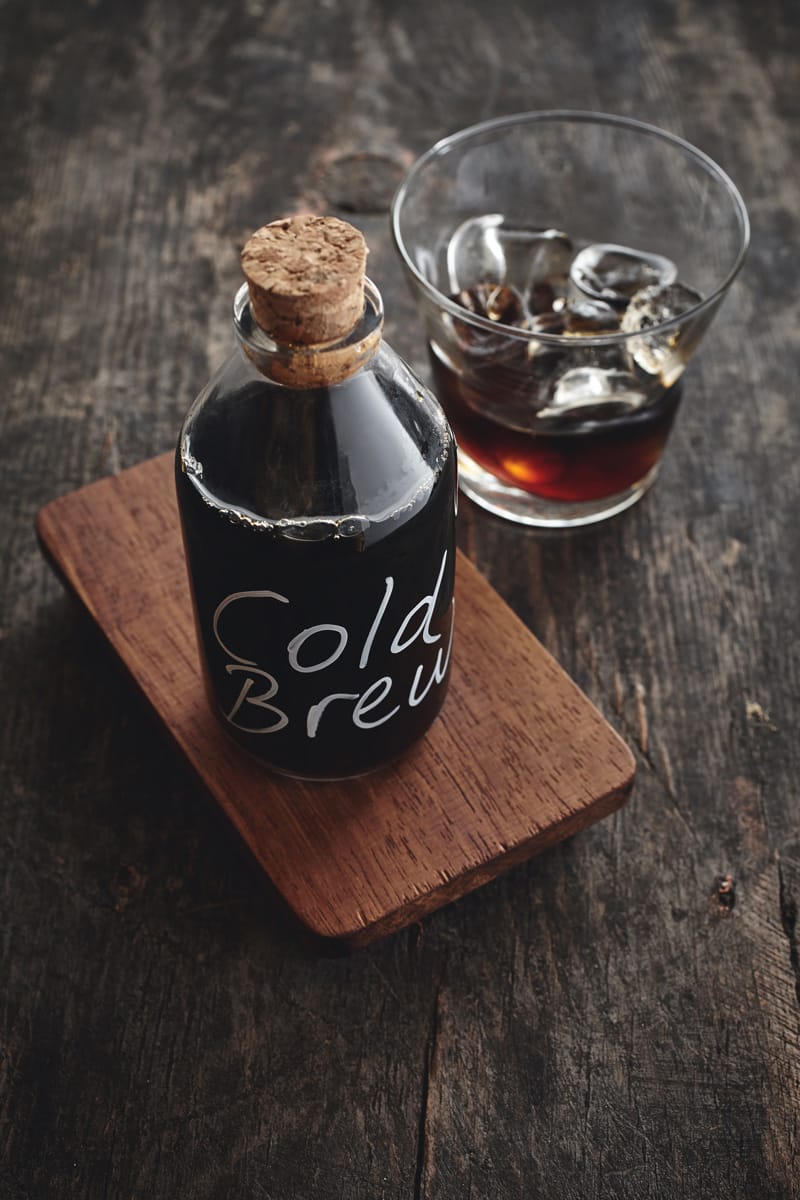
Your morning cup of coffee may perk you up nicely, but that same java is more than ready to do the same for your cocktail hour. Forget the drip-filled wine glass containing a shot of Bushmills or Tia Maria, loaded with sugar, and covered with a slick of whipped cream from a can. And step back from the classic, yet oh-so-1980s, Espresso Martini. Coffee cocktails have upped their game.
And what’s behind this fashionable return? It’s all about that barista favourite, cold brew.
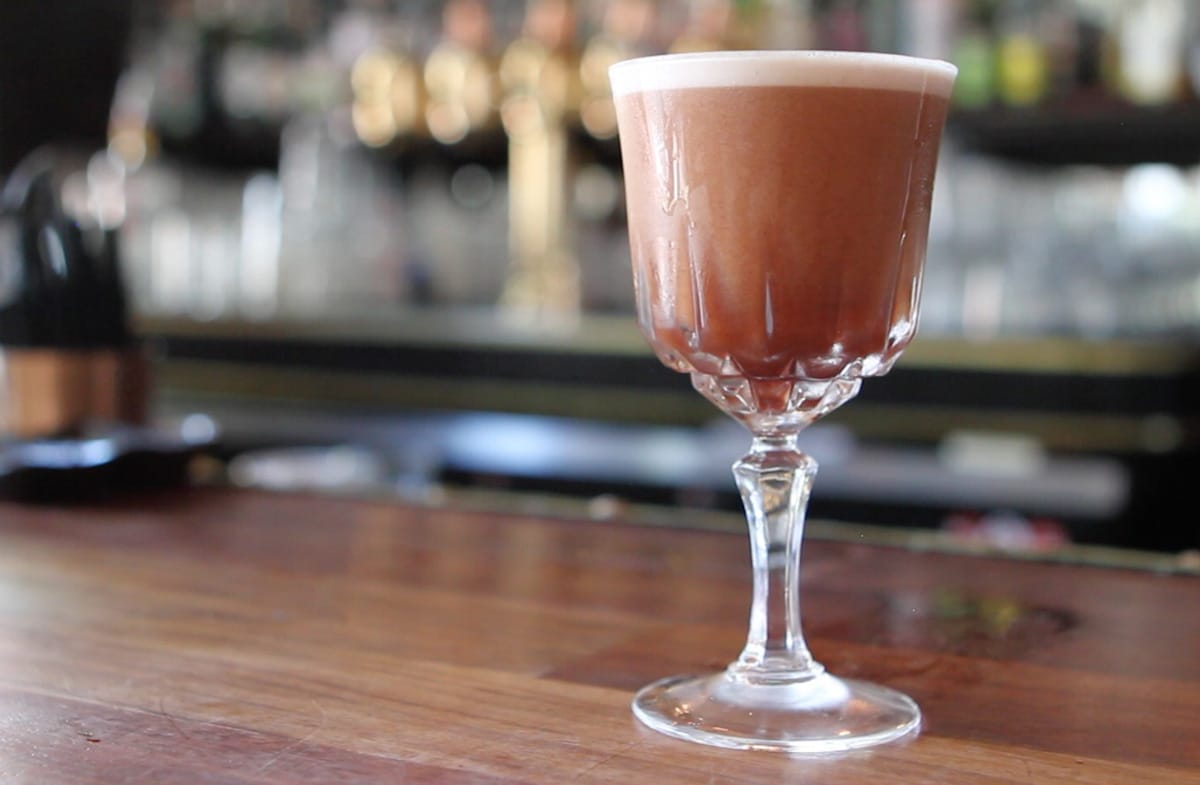
When you brew coffee hot, Scott Rao—Massachusetts based expert and author of several books on coffee—explains, the acidity that is released into the water is extremely unstable. As the coffee cools, those acids degrade the coffee, turning it bitter and astringent.
“Cold brew bypasses that problem as it never develops that much acid,” he notes. “And it also never goes from hot to cold, so the small amount of acidity present is more stable and doesn’t impact the flavour.”
The cold brew method also allows for brewing at different strengths. “Filter coffee generally brews at 1.3 per cent, meaning the amount of water in the finished brew is 98.7 per cent,” Rao says.
With cold brew, depending on your ratio of water to beans, you might end up with a coffee strength of six per cent. For drinking straight that would be overkill, but in a mixed drink, you keep all the power you are looking for in a volume small enough to offer flexibility.
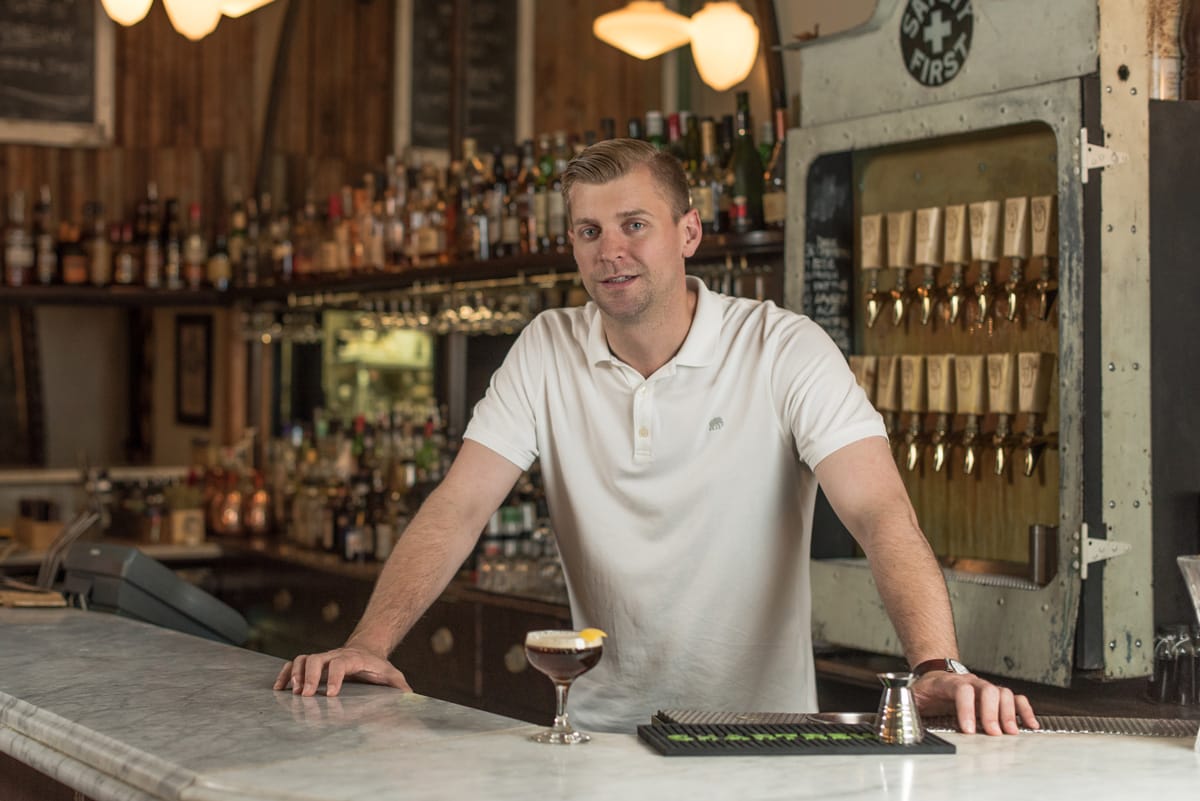
It’s sweet, nutty, full of chocolate undertones—it’s like using a coffee liqueur without all the sugar.
For Trevor Kallies, bar manager at the Donnelly Group, the emergence of cold brew was a game changer.
“The flavour is everything you are looking for,” he explains. “It’s sweet, nutty, full of chocolate undertones—it’s like using a coffee liqueur without all the sugar.”
He played around with different coffee blends, brewing times and water-to-weight of beans ratios until he settled on a formula that is now used across the Donnelly establishments. “We brew for 22 hours and create a really intense concentrate,” he says. “And because it is already cold, you don’t have to worry about diluting that flavour with ice.”
It makes perfect sense, of course, that here in the Pacific Northwest, where we treat our coffee seriously, that it should make its presence felt in our cocktail bars. “Coffee culture and cocktail culture are very closely related,” Kallies agrees. “They are both super methodical and scientific in their approach.”
Are there any no-go areas when it comes to coffee and booze? “I would find it very challenging to build a coffee cocktail with a juniper-forward gin,” Kallies admits.
And what spirits are good coffee mates? “Single malt whisky—nothing peaty—works a treat, especially if you play up the malty notes, maybe add some spicy bitters. Bourbon, mezcal and vodka are all great.
“And Tequila and coffee go together just like peas and carrots.”
MODEL SHOT: The late, legendary Dick Bradsell invented the Espresso Martini in London, the story goes, when a model sidled up to his bar and asked for a drink that would “wake me up, not f*** me up.”
VALUE ADDED: Adding a nip of something stronger into your coffee is nothing new. In Italy, ordering a corretto will deliver an espresso with a splash of grappa, in Spain, a carajillo will be the same but with brandy, rum, whisky or anisette.
—by Fiona Morrow


